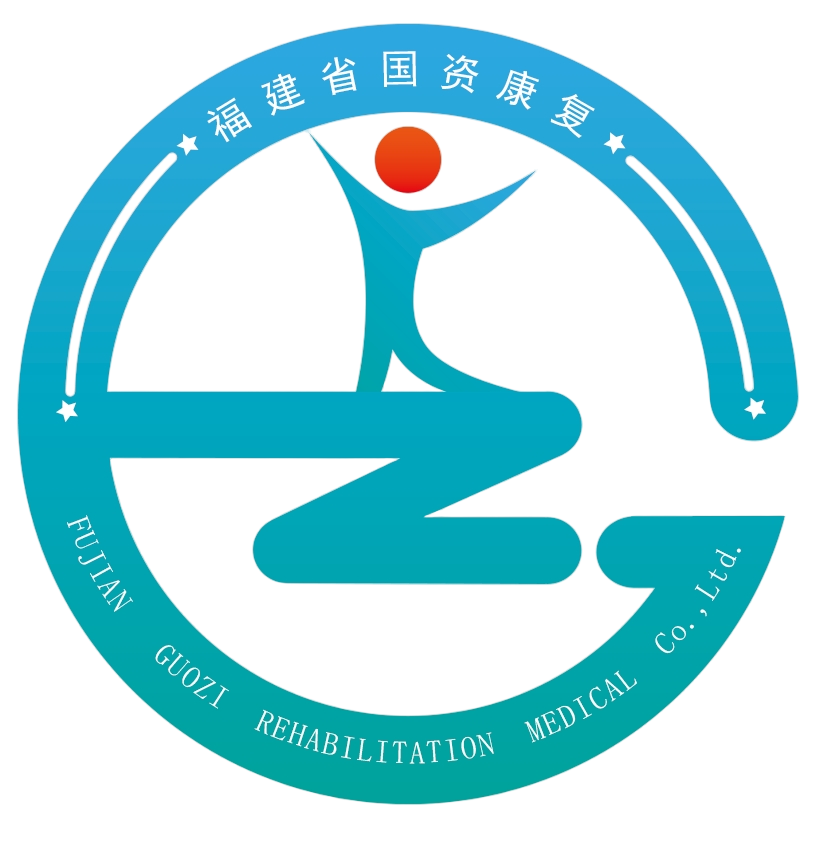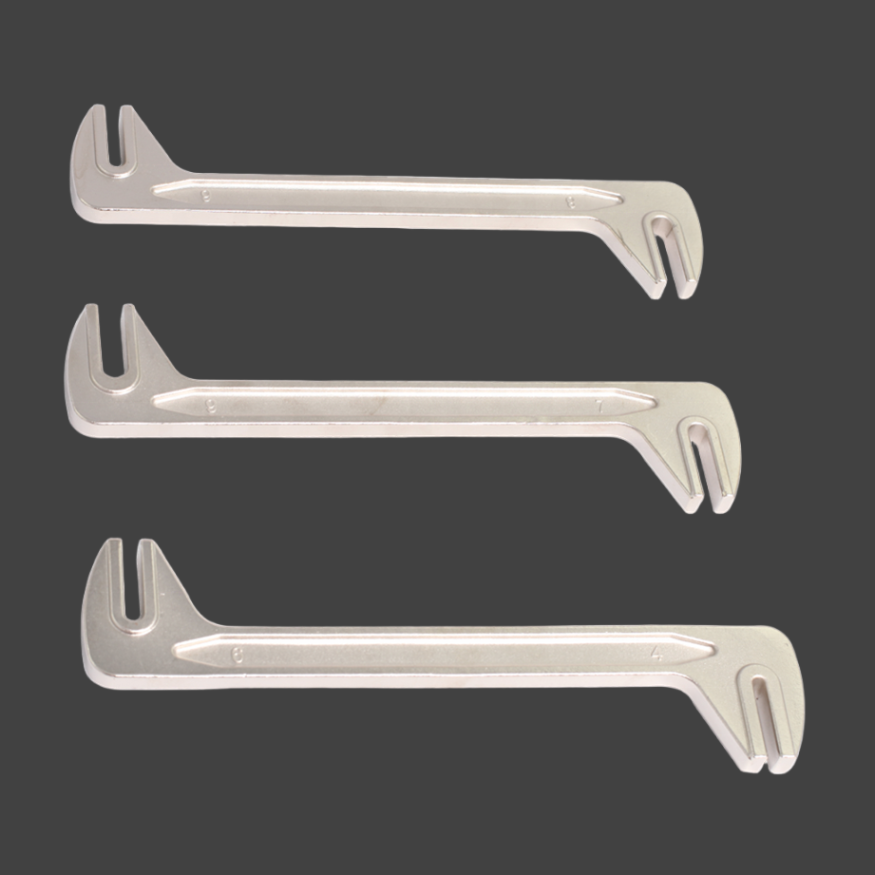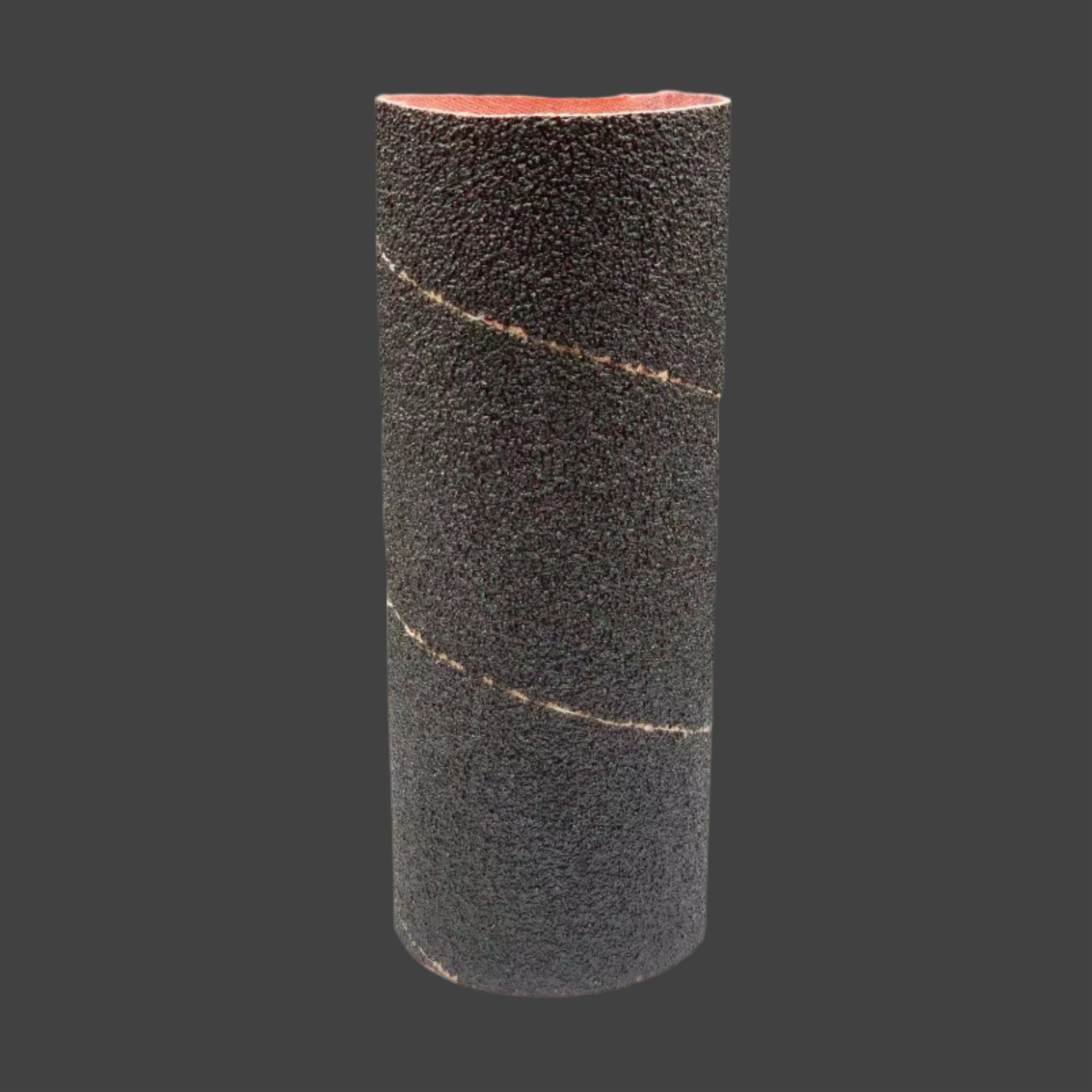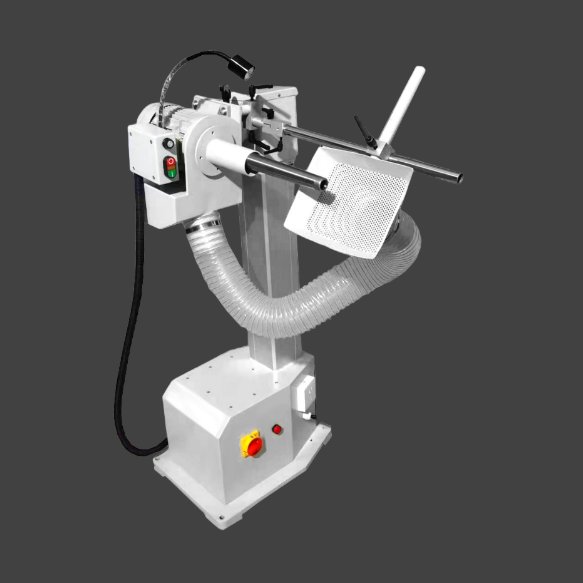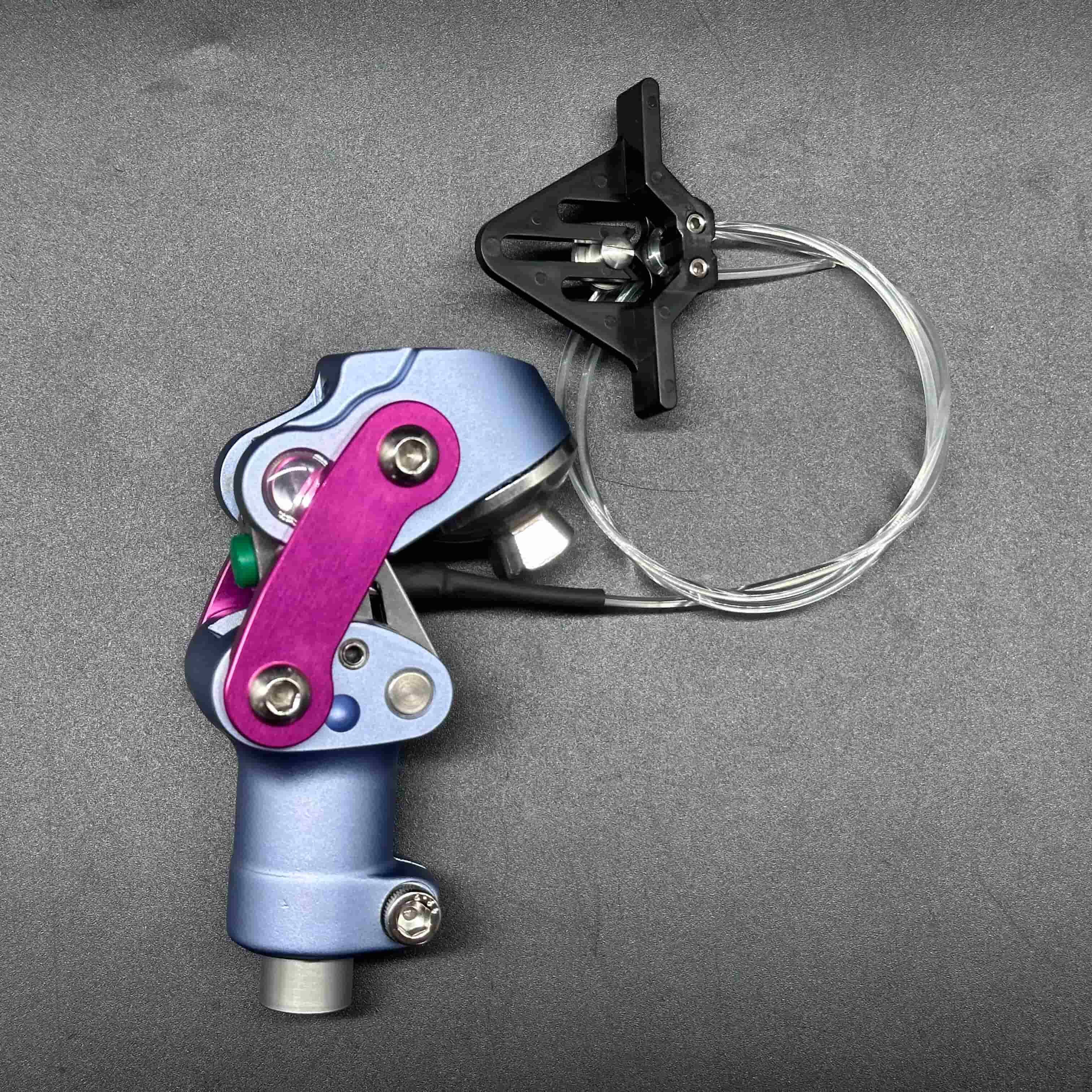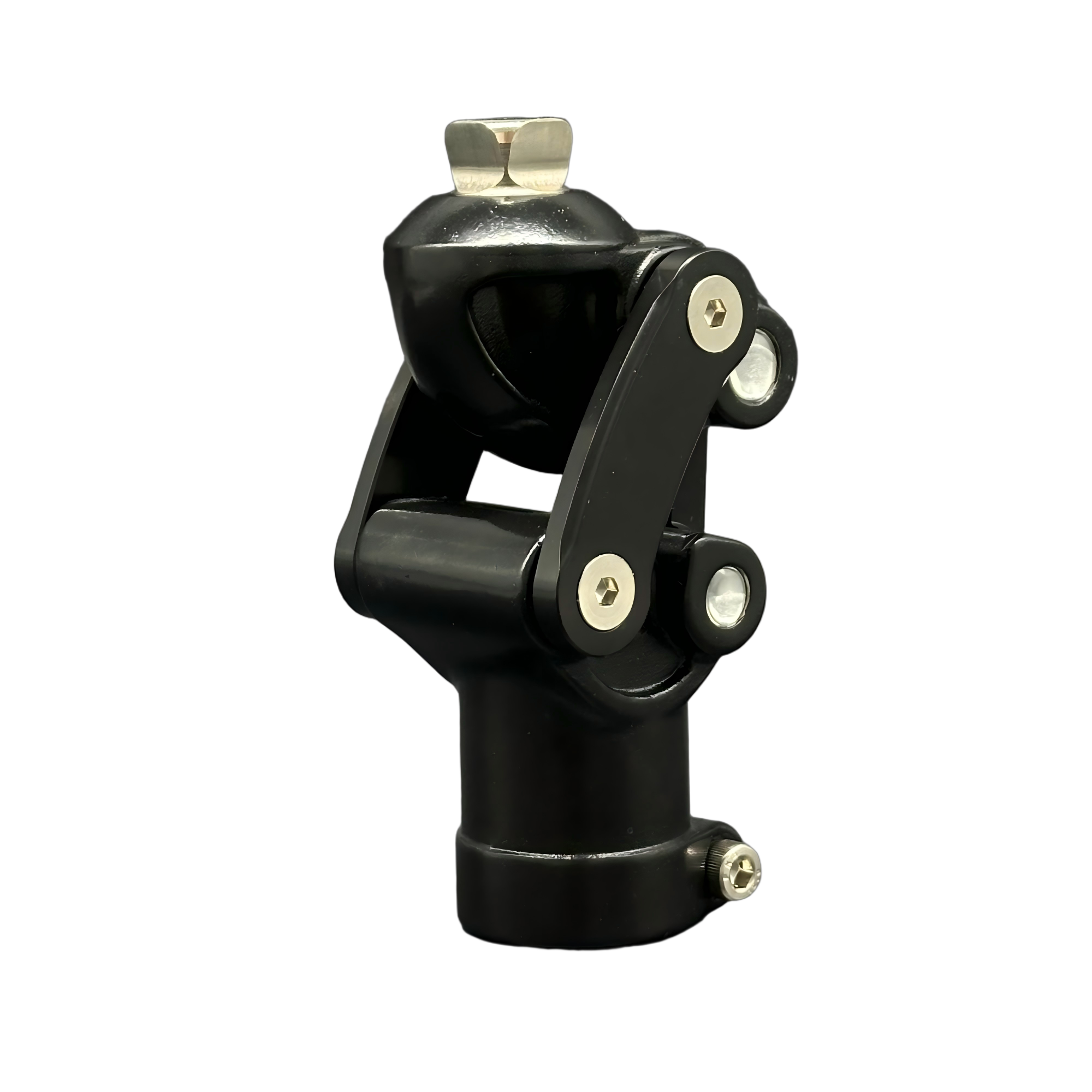Zaawansowana integracja nerwowa i możliwości uczenia się
System integracji nerwowej stanowi innowacyjne podejście do sterowania protezami, wykorzystując zaawansowane algorytmy sztucznej inteligencji do interpretowania i reagowania na zamierzone ruchy użytkownika z niezrównaną dokładnością. System ten wykorzystuje sieć nowoczesnych czujników, które wykrywają subtelne ruchy mięśniowe i sygnały nerwowe w resztkowym członie, przekształcając je w precyzyjne ruchy protezy w ciągu milisekund. Możliwości uczenia się sztucznej inteligencji pozwalają systemowi na ciągłe doskonalenie wzorców reakcji, tworząc coraz bardziej intuicyjne połączenie między użytkownikiem a protezą. Ten proces adaptacyjnego uczenia się znacząco skraca krzywą uczenia się, z którą zazwyczaj wiąże się stosowanie urządzeń protetycznych, umożliwiając użytkownikom szybsze osiągnięcie naturalnych wzorców ruchu. Możliwość rozpoznawania i dostosowywania się do indywidualnych wzorców ruchu oznacza, że system może przewidywać intencje użytkownika i odpowiednio dostosowywać swoją reakcję, zapewniając bardziej naturalne i skuteczne doświadczenie związane z użytkowaniem protezy.


